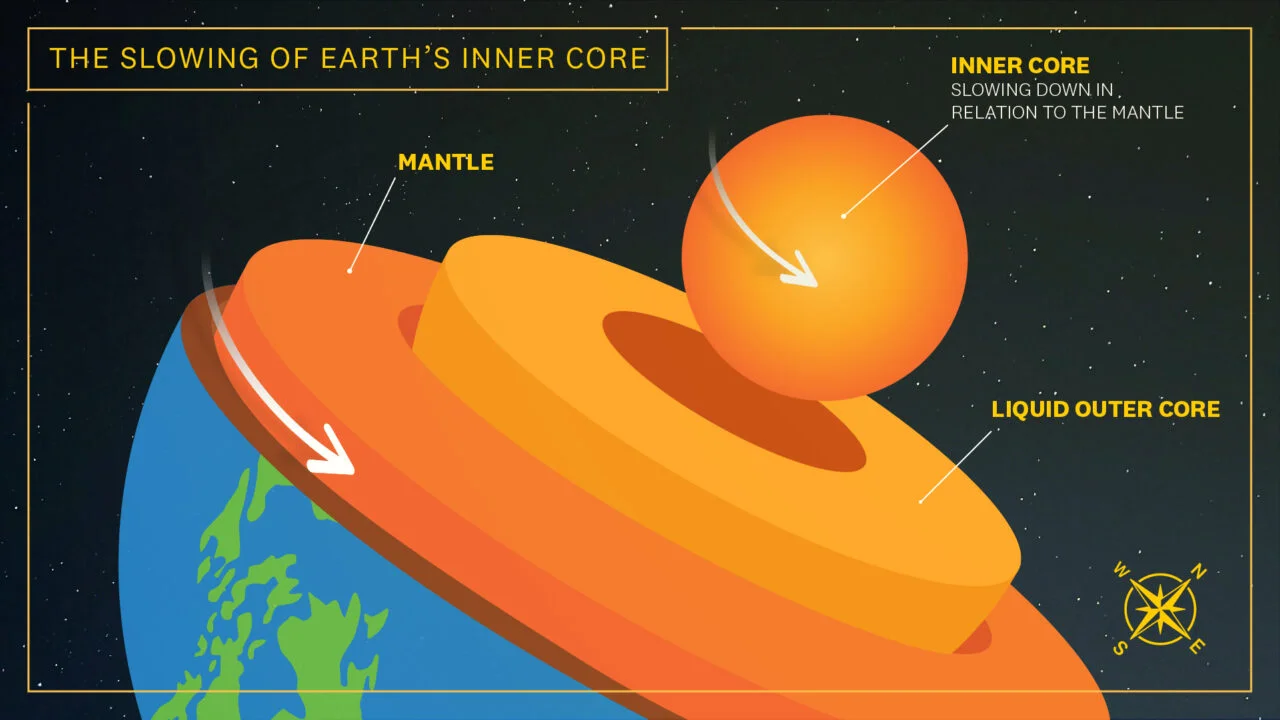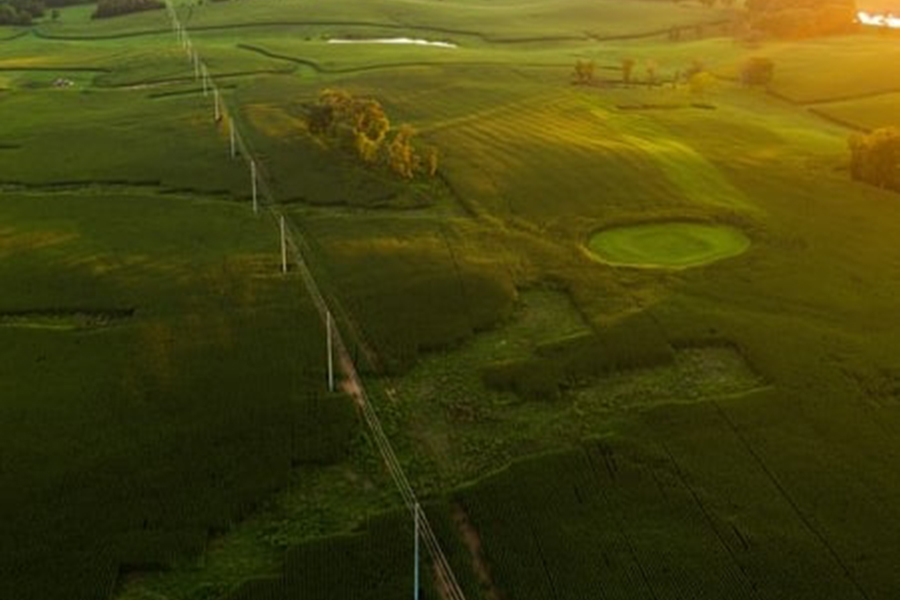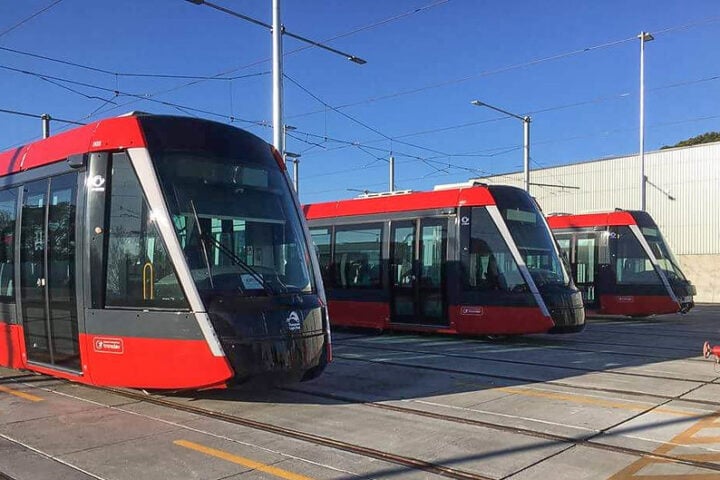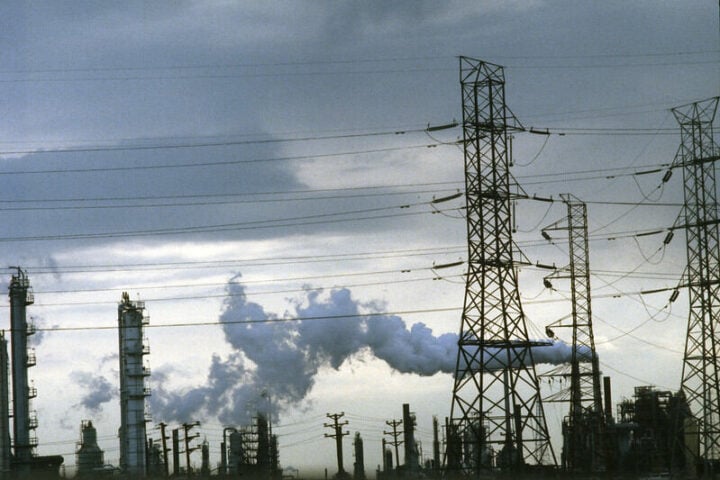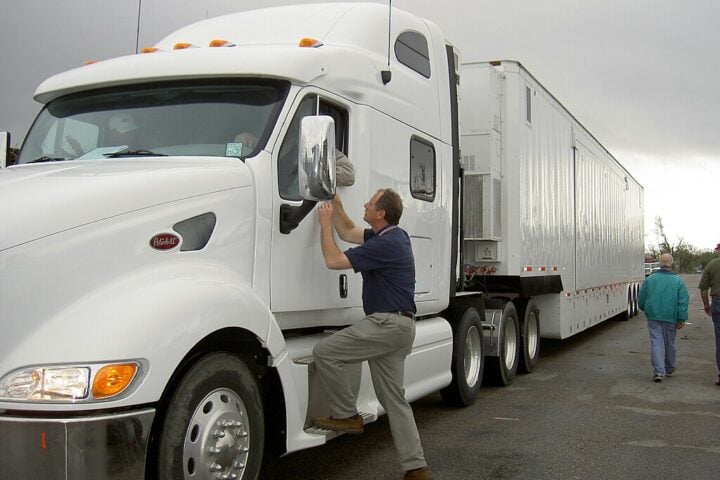Scientists at the University of Southern California (USC) have demonstrated that the Earth’s inner core is retreating, meaning it is slowing down relative to the planet’s surface, as shown in new research published in Nature. The movement of the inner core has been debated within the scientific community for two decades, with some studies indicating that the inner core rotates faster than the Earth’s surface. The new USC study provides unequivocal evidence that the inner core began to decrease its speed around 2010, moving slower than the Earth’s surface.
“When I first saw the seismograms that hinted at this change, I was stumped,” said John Vidale, Dean of Earth Sciences at the USC Dornsife College of Letters, Arts and Sciences. “But when we found two dozen more observations signaling the same pattern, the result was inescapable. The inner core had slowed down for the first time in many decades. Other scientists have recently argued for similar and different models, but our latest study provides the most convincing resolution.”
The inner core is a solid sphere of iron and nickel surrounded by the liquid outer core of iron and nickel. Roughly the size of the moon, the inner core is located more than 4800 kilometers beneath our feet and poses a challenge for researchers: it cannot be visited or seen. Scientists must use seismic waves from earthquakes to create representations of the inner core’s movement.
Similar Post
Vidale and Wei Wang from the Chinese Academy of Sciences used waveform and repetitive earthquake data in contrast to other research. Repetitive earthquakes are seismic events that occur in the same location and produce identical seismograms. In this study, researchers collected and analyzed seismic data recorded around the South Sandwich Islands from 121 repetitive earthquakes that occurred between 1991 and 2023. They also used data from twin Soviet nuclear tests between 1971 and 1974, as well as repeated French and American nuclear tests from other studies of the inner core.
Vidale said that the slowing down of the inner core’s speed was caused by the stirring of the surrounding liquid iron outer core, which generates Earth’s magnetic field, as well as by the gravitational pulls of dense regions of the overlying rocky mantle.
The implications of this change in the inner core’s movement for the Earth’s surface can only be speculated. Vidale said that the retreat of the inner core could alter the length of a day by fractions of a second: “It’s very hard to notice, on the order of a thousandth of a second, almost lost in the noise of the churning oceans and atmosphere.”
Future research by USC scientists aims to trace the trajectory of the inner core in greater detail to reveal exactly why it is changing.
